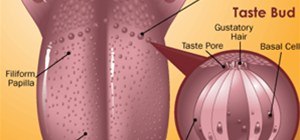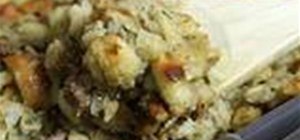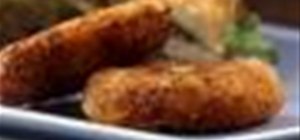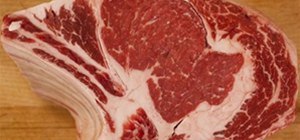I have looked into this several times because I find it interesting to think about how the tongue works when making a recipe. I say "looked into" it because I wouldn't really describe it as research. How the flavors are going to be perceived can affect how you might want to layer the flavors in your dish.
This information mostly comes from an artical in How Stuff Works website.
There are several parts of the tongue that you need tobe familiar with when you study it.
- Lots of folks think the bumps on the tongue are their taste buds but this is not correct. The bumps are called Papillae and their main function is to provide friction to help guide food in the mouth and control where it goes. This allows you to move food to the teeth for mastication and also to direct it to the position on the tongue that tastes best. This is done pretty much without your thinking about it. Imagine how it would be if your tongue were perfectly smooth? You wouldn't be able to control where the food was going in your mouth. Not only would it be hard to chew, food would also not taste as good. Besides, how could you eat an ice cream cone with a smooth tongue?
- The Taste Buds are actually between the Papillae so that they pick up taste based on the chemical compounds in the food mixed with saliva. The parts of the taste buds are a.) The Gustatory Receptor Cell: There are about 50 in each taste bud. They are maintained by b.) Basal and c.) Supporting cells. Each taste bud has a d.) Gustatory Hair that protrudes through the e.) Taste Pore. It is this Hair that is actually affected by the chemical makup of the food. In response to the basic tates, Sweet, Sour, Salty, Bitter, or Umami (Savory) it sends an impulse to the Gustatory Receptor Cells which Synapse with nerve endings to send an impulse to the cerebral cortex of the brain where the stimulation is interpreted as a taste. Some scientitsts call fatty a taste as well but I am more inclined to think of fat as a vehicle for taste rather a taste of its own. I'm not a scientist, that's just my opinion.
What we are actually talking about here is how we taste things or how flavors are percieved. Now, we all learned in elementary school that different areas of the tongue receive different tastes. Bitter towards the back, salty and sweet around the tip and front of the tongue, and sour mostly on the sides. Armed with this information, we might be able to layer flavors in a dish in such a way that it will produce a pleasing taste or combination of tastes. For instance, a sour flavor might be layered with either a sweet or salty flavor so that taste is the firs thing received on the tip of the tongue before the sour flavor hits the middle sides of the tongue.
Additionally, the sense of taste is affected by the sense of smell so one might design a recipe so that an herb or other element with a strong bouquet is one of the last ingredients added and would be picked up by the nose before the food even hits the mouth. I believe that this is what makes your mouth water when you smell something good. The input from the nose tells the brain "we are about to get some food" and the mouth gets the message and starts producing more saliva in preparation to process the anticipated yummyness.
The tongue also picks up other inputs that affect how we perceive the food we are eating. The tongue and the teeth together work to let us know how crunchy or chewy the food is. The tongue perceives the temperature, the viscosity of liquids, and the density of the food. I haven't studied it yet but I wonder how Capsaisin in peppers is received and how it makes the brain think it is hot. I know I sweat when I eat something hot. I think that will be a story for another day...
I hope you enjoyed this and will consider how flavors will be perceived when you are cooking.
Just updated your iPhone? You'll find new emoji, enhanced security, podcast transcripts, Apple Cash virtual numbers, and other useful features. There are even new additions hidden within Safari. Find out what's new and changed on your iPhone with the iOS 17.4 update.










Be the First to Comment
Share Your Thoughts